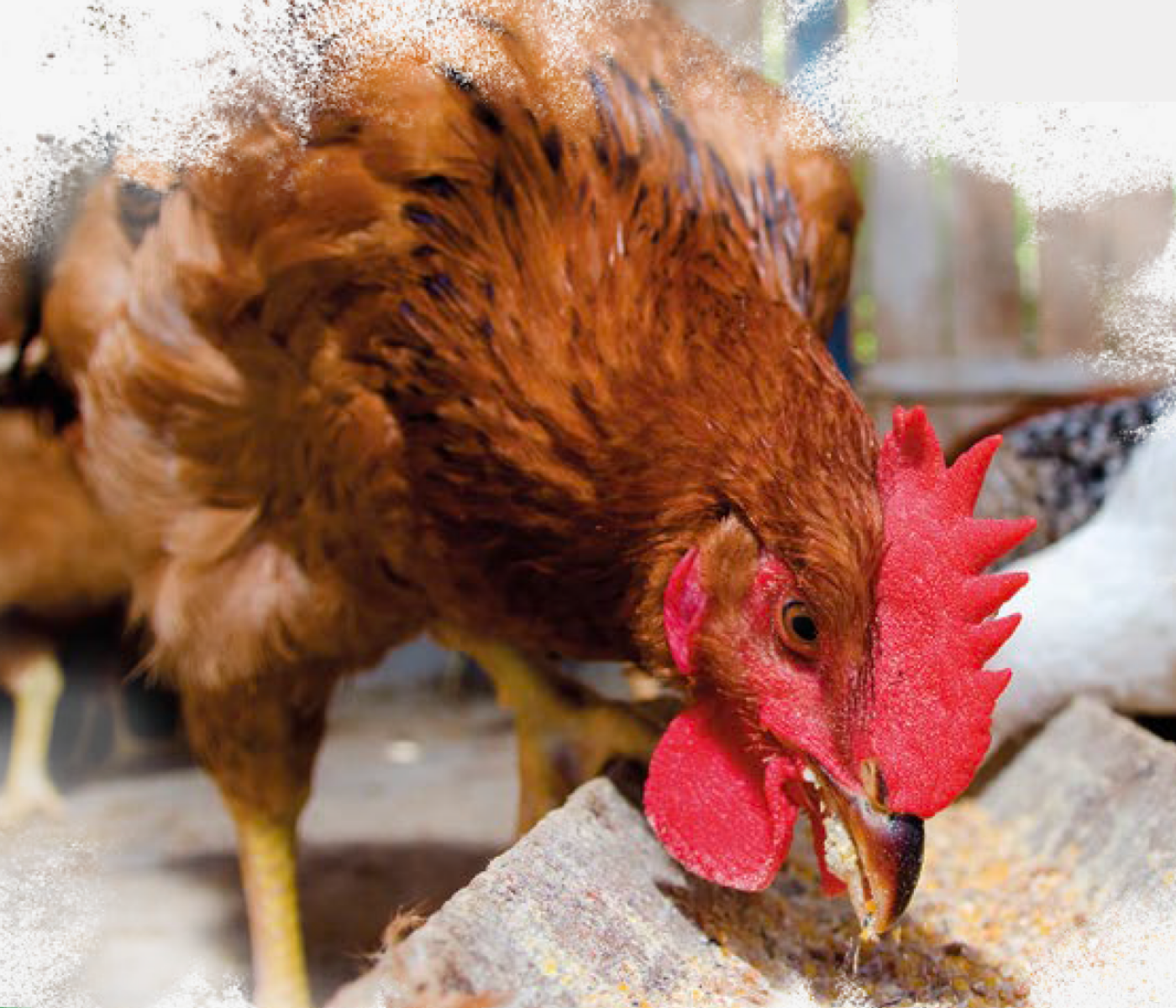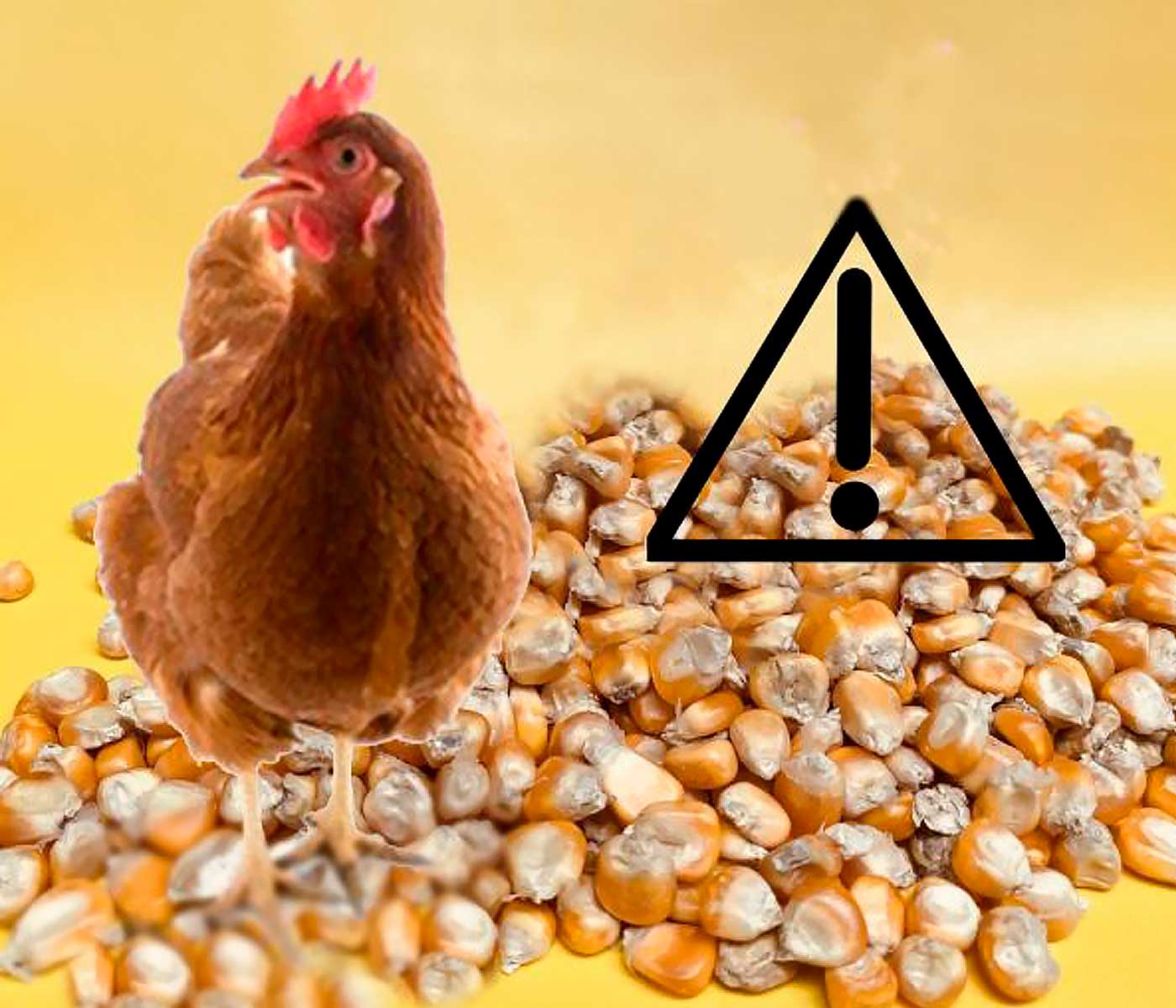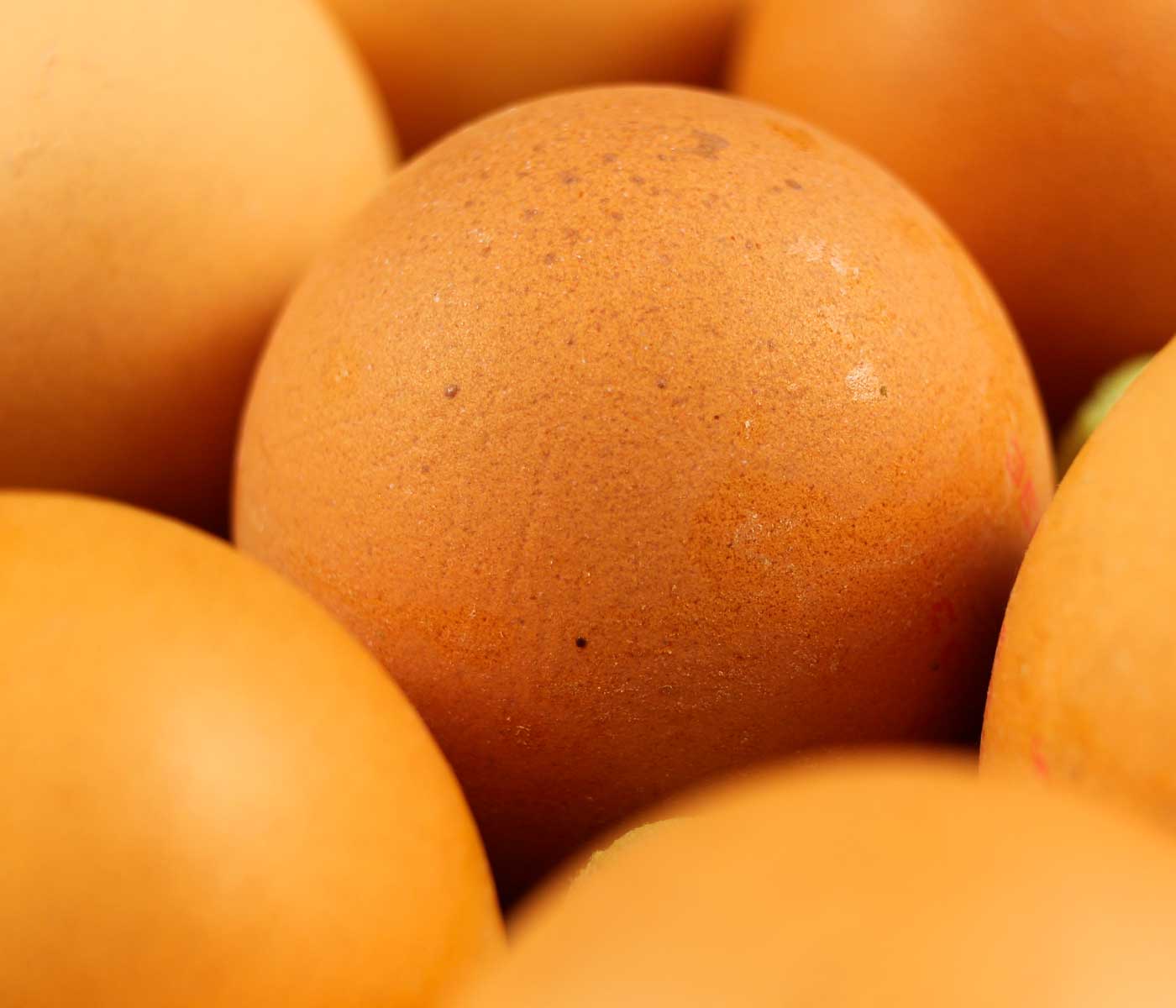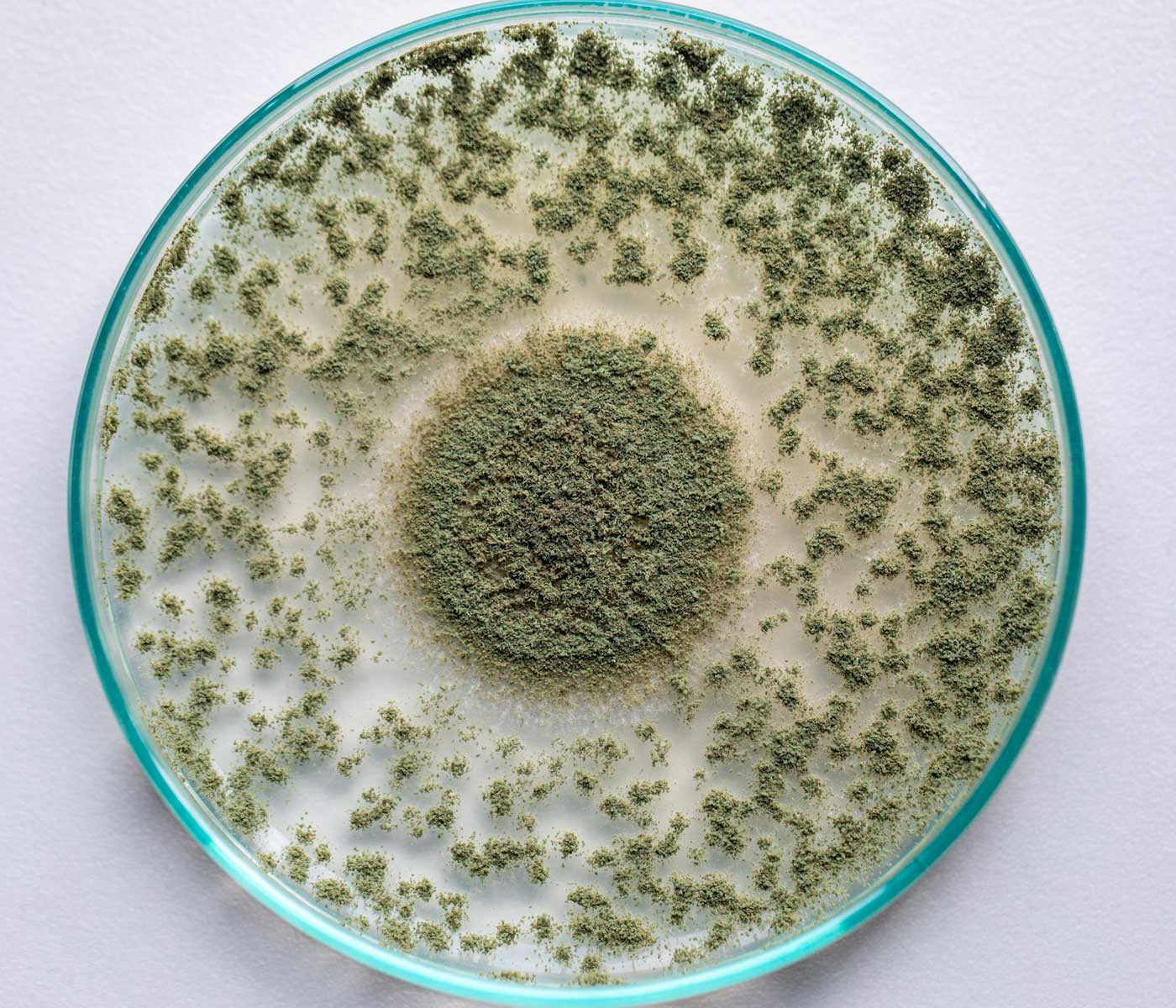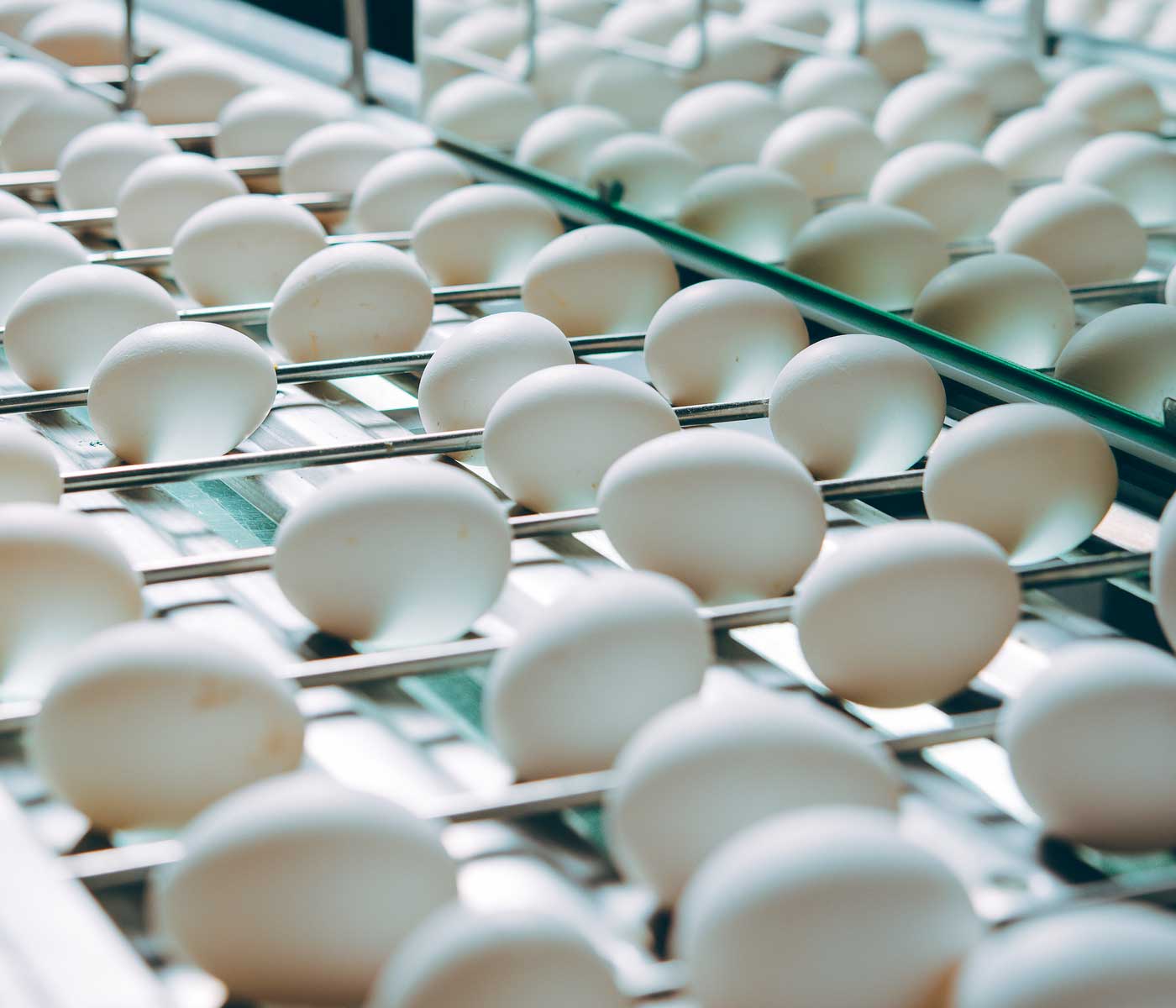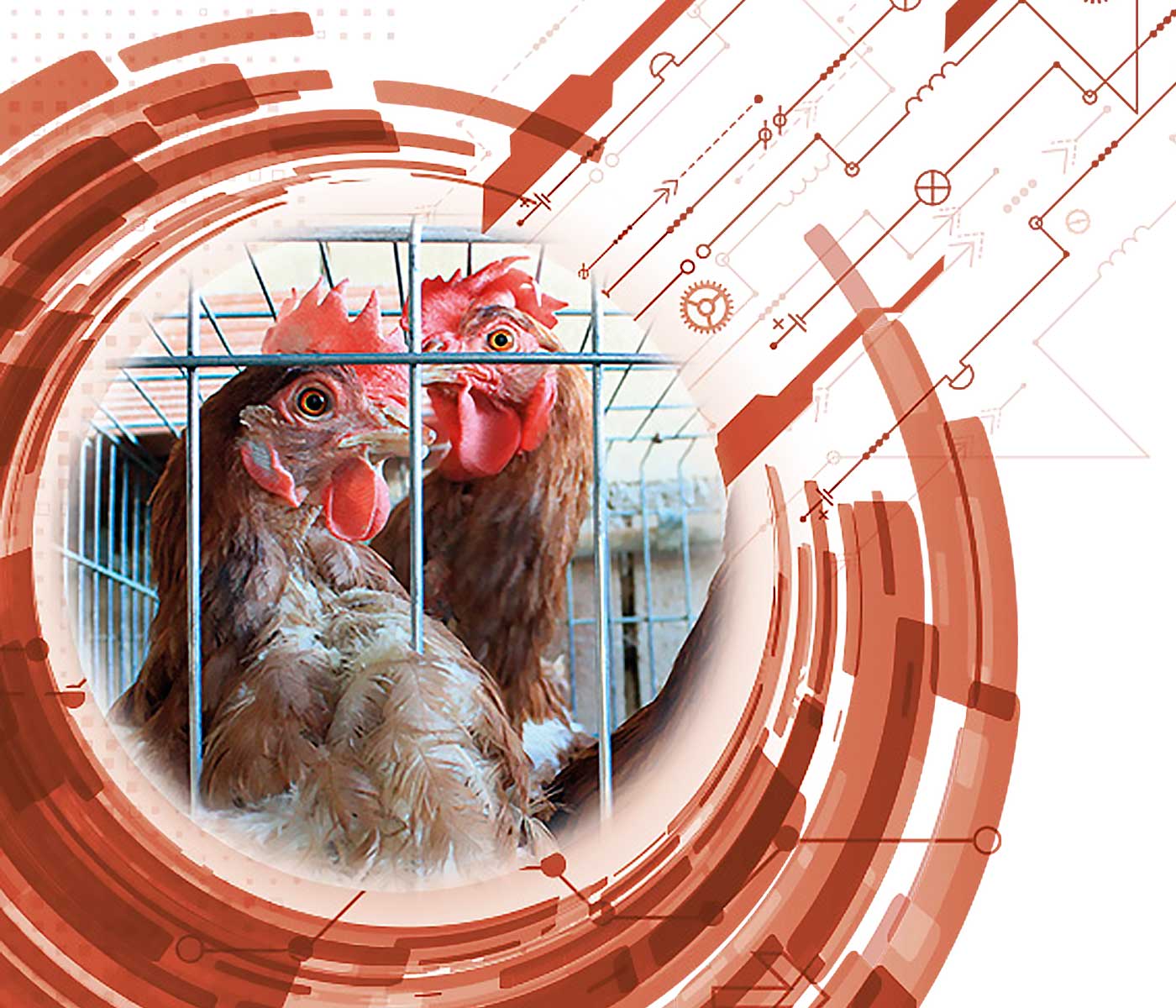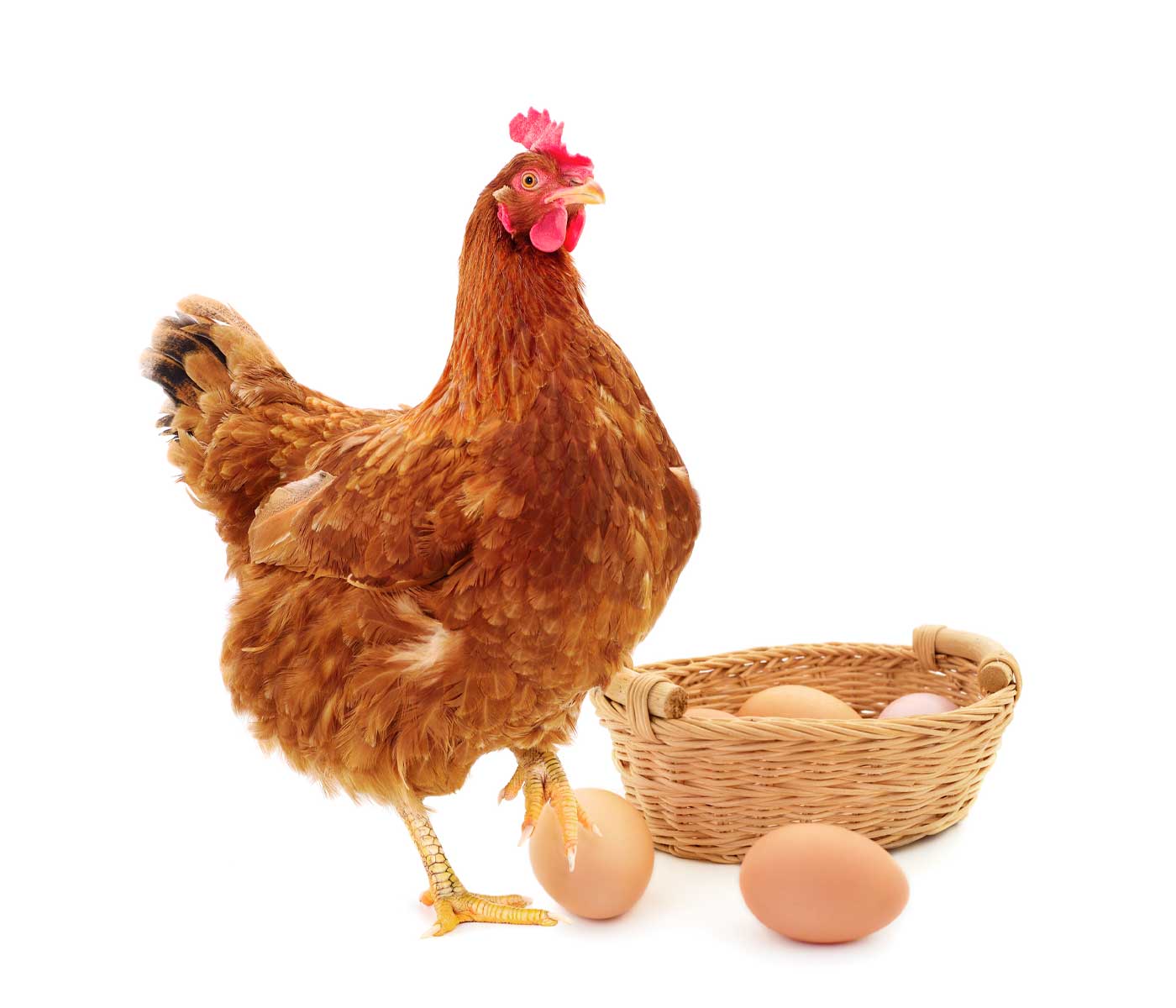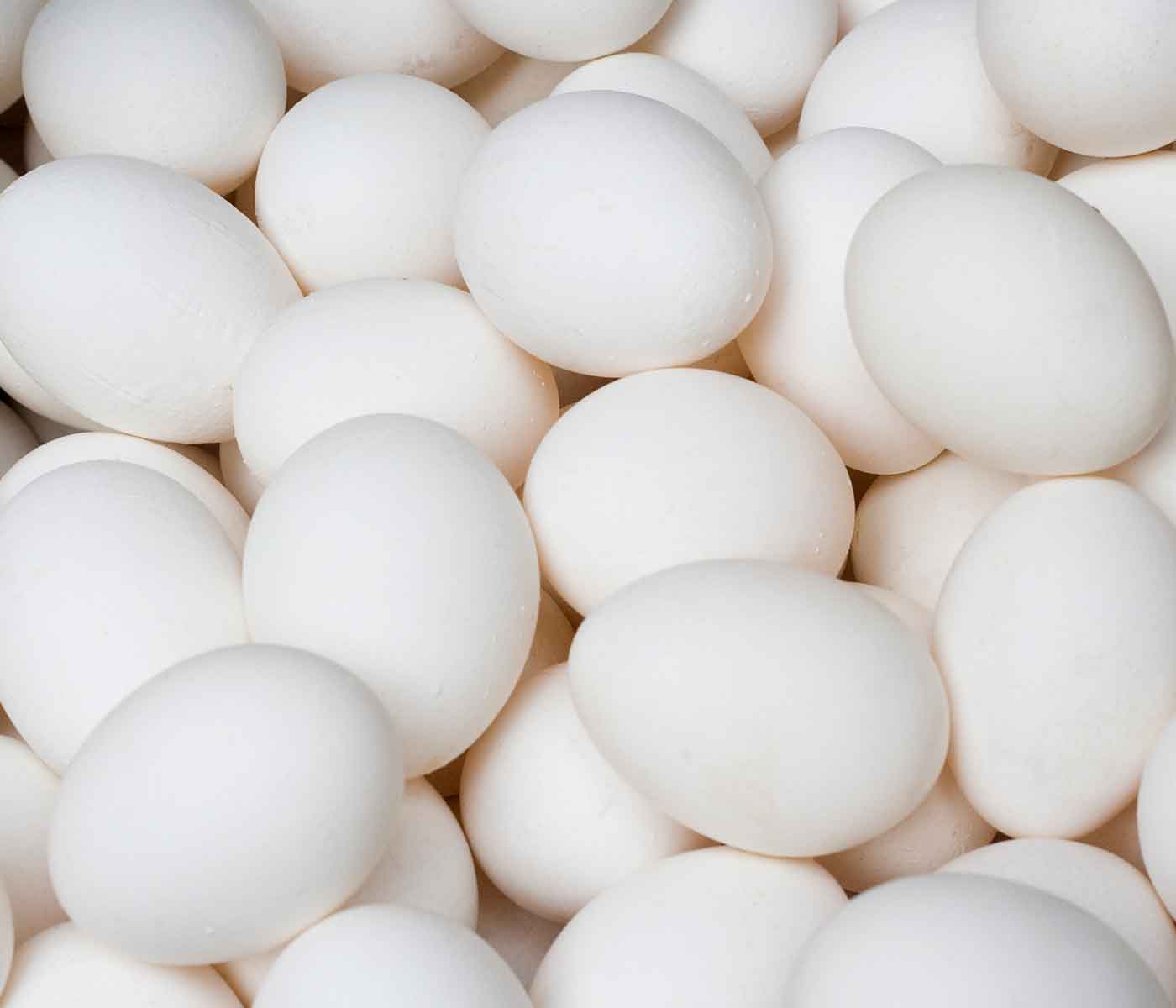Content available at: Español (Spanish)
Current laying hens have a high genetic potential to produce eggs. If they receive adequate environmental conditions, health, and nutrition, they can maintain over 90% of the laying rate for a long period of the productive cycle.
In the last decade, we have seen how genetic progress has generated laying hens with an extraordinary productive persistence, accompanied by a slight decrease in body weight, feed consumption, and egg size, reaching 50% production earlier than ten years ago.
Modern laying hens, a challenge for nutritionists
Modern laying hens represent a challenge for nutritionists, as one can no longer entirely rely on scientific information generated in the past with other types of birds.
- One could think of an increase in nutritional requirements. However, they still produce one egg per day, with slightly reduced daily egg mass. Therefore daily nutritional requirements should not have increased; hence the importance of considering the nutritional requirements of the hen in the laying phase based on a daily intake of nutrients.
The importance of reaching the bodyweight during rearing
One of the frequent problems today is in birds that are reaching peak production and cannot consume enough food. They have to resort to their body fat and bone structure to compensate for the lack of nutrients, generating a typical drop-in production that will impact the performance of the hens for the rest of their days if stocks are not adequate and demand is high.
Therefore, it is necessary to prepare the layers to start the lay with a suitable size and bodyweight:
- A feed intake of at least 95 g and ideally 100 g daily with an adequate calcium reserve means a well-formed medullary bone.
To interrelate the above parameters, the rearing diets must stimulate the increase in the size of the digestive tract and increase the levels of fiber. It is also important to use feed with a granulometry of around 1.0 to 1.2 mm from the fifth week of age.
- It is recommended to use fiber levels of 3.5% from 5 – 11 weeks and 3.5 to 4.5% from 12 to 18 weeks of age.
- Pullet rearing diets
TO CONTINUE READING REGISTER IT IS COMPLETELY FREE Access to articles in PDF PDF
Keep up to date with our newsletters
Receive the magazine for free in digital version REGISTRATION ACCESS
YOUR ACCOUNT LOGIN Lost your password?
